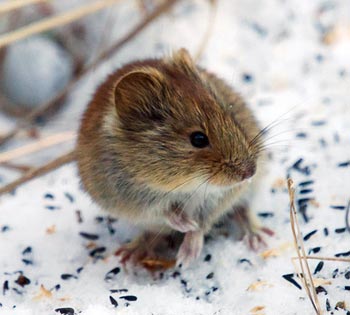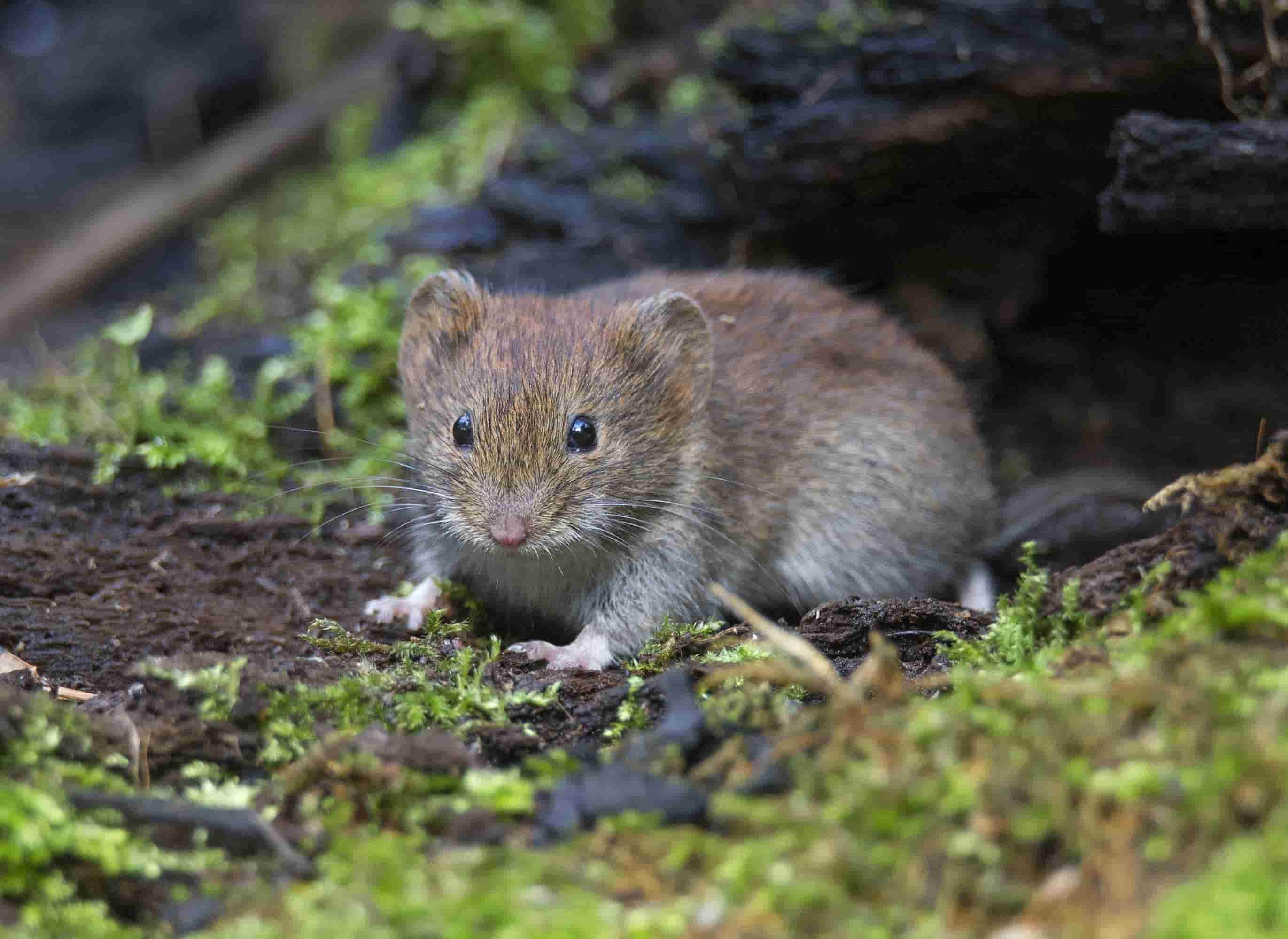Protect Your Utah Property: Advanced Vole Control Techniques
Protect Your Utah Property: Advanced Vole Control Techniques
Blog Article
Understanding Vole Pest Control: In-depth Insights on Infestation Prevention and Treatment Techniques
As homeowner and caretakers, the visibility of voles can pose a substantial obstacle to preserving the honesty of our exterior areas. Understanding the details of vole behavior is vital in developing effective parasite control methods. By acknowledging the subtle signs of vole invasion at an early stage, we can take aggressive steps to avoid prevalent damage. In this discussion, we will discover the subtleties of vole behavior, dive into the identification of invasion indications, and uncover the most reliable avoidance and therapy methods. Remain tuned to uncover the understandings that will certainly equip you to understand vole parasite control and protect your residential or commercial property versus these evasive rodents.
Comprehending Vole Behavior
Analyzing the foraging patterns of voles offers useful insights right into their habits and habitat choices. By observing their foraging habits, scientists can acquire a better understanding of where voles prefer to develop their environments and the degree of their environmental effect.
Research indicates that voles display selective feeding behaviors, preferring roots, roots, and seeds - vole pest control. This dietary choice influences their foraging patterns, leading them to areas abundant in plants and ground cover. In addition, voles are known to create intricate tunnel systems for foraging and nesting purposes, indicating a high degree of versatility to their surroundings
Understanding vole actions is vital for executing targeted pest control steps that interrupt their environment preferences and foraging tasks. By examining their habits, professionals can create much more efficient prevention and treatment strategies to manage vole infestations.
Identifying Indications of Vole Invasion
Vole invasions can be found by acknowledging certain indications of their presence in a location. Among the most typical signs of a vole problem is the presence of surface area paths. Voles develop networks of slim pathways on the ground that are commonly about 2 inches vast. These paths are commonly found in grassy areas or under mulch or ground cover where voles can move easily and look for food.
One more crucial indicator of vole invasion is the visibility of tiny burrow openings in the ground. Voles dig shallow burrow systems with numerous entryways and departures. These burrows work as sanctuary and nesting websites for the voles. In addition, voles are known to leave behind chewed plant stems, origins, and light bulbs near their burrow openings, showing their feeding task in the location.
Moreover, vole droppings can likewise symbolize their presence (vole pest control). Vole droppings are little, brown, and cylindrical fit, appearing like grains of rice. Finding these droppings along paths or near burrow openings can verify a vole infestation. By being watchful for these signs, property owners can immediately address vole problems and protect against additional damage.
Applying Positive Avoidance Procedures
To efficiently mitigate the threats connected with vole infestations, building owners can proactively apply a series of preventive actions targeted at guarding their yards and landscapes. One important step is to preserve a well-trimmed grass and regularly remove high weeds and dense plant life, as voles are brought in to areas offering sufficient cover. Mounting obstacles such as equipment towel underground around prone areas like garden beds can likewise assist avoid vole breach. Additionally, maintaining garden locations tidy and reducing mess imp source where voles can conceal or nest is crucial in minimizing their presence.
In addition, employing natural vole deterrents like castor oil-based repellents or predator pee can act as effective preventive actions. It is also a good idea to routinely examine exterior areas for any type of signs of vole task, such as runways or tunnel openings, to resolve potential invasions promptly. By adopting these aggressive prevention approaches, homeowner can considerably reduce the chance of vole damage and maintain the wellness and aesthetic appeals of their landscapes.
Effective Therapy Techniques
Incorporating targeted capturing techniques and making use of accepted rodenticides are crucial components of effective treatment strategies for handling vole problems. Capturing can be an efficient way to lower vole populations, especially when placed tactically in their energetic runways. Snap traps and live traps can both work, with the last permitting the capture and moving of voles. When utilizing rodenticides, it is important to adhere to safety standards to avoid injury to non-target animals and pets. Area rodenticides in protected lure stations to decrease threats to unexpected targets. Furthermore, environment modification, such as lowering ground cover and eliminating resources of food, can assist deter voles from infesting an area. Regular tracking and maintenance are also key aspects of effective therapy techniques to make certain that vole populaces are kept under control. By integrating trapping, rodenticides, habitat modification, and regular tracking, effective vole bug control can be achieved.

Surveillance and Maintenance Tips
Keeping an organized schedule for surveillance and conducting regular maintenance tasks is critical to sustain the performance of vole parasite control procedures. Normal monitoring enables the very early discovery of vole task, enabling punctual treatment before invasions intensify. To successfully keep track of vole populations, strategically placed catches can be utilized in vole runways or near burrow entryways. By on a regular basis checking these catches, residential or commercial property owners can assess the degree of vole task and adjust control strategies appropriately.
Furthermore, keeping a well-kept and neat landscape is essential in vole avoidance. Clearing away particles, such as heaps of wood or thick plants, eliminates prospective vole habitats. Routinely mowing lawns and trimming greenery helps minimize vole hiding areas and decreases their access to food sources.

Verdict
In verdict, mastering vole bug control requires a solid understanding of vole behavior, the capability to recognize indicators of invasion, implementing proactive avoidance measures, effective therapy methods, and regular surveillance and maintenance. By taking a thorough method to vole control, individuals can efficiently manage and stop problems, eventually shielding their building and surrounding setting from damages caused by these small rodents.
In this conversation, we will certainly explore the nuances of vole behavior, dive right into the recognition of infestation signs, and reveal the most effective avoidance and therapy approaches.Integrating targeted trapping approaches and using accepted rodenticides are necessary elements of effective treatment strategies for managing vole infestations. To successfully keep an eye on vole populations, purposefully positioned traps can be made use of in vole paths or near burrow entrances. Evaluating and repairing any kind of damages to these frameworks makes sure that vole control continues to be efficient in guarding residential properties from problems. By incorporating these tracking and upkeep practices into an extensive vole parasite control plan, people can effectively handle vole populaces and safeguard their properties from damages.
Report this page